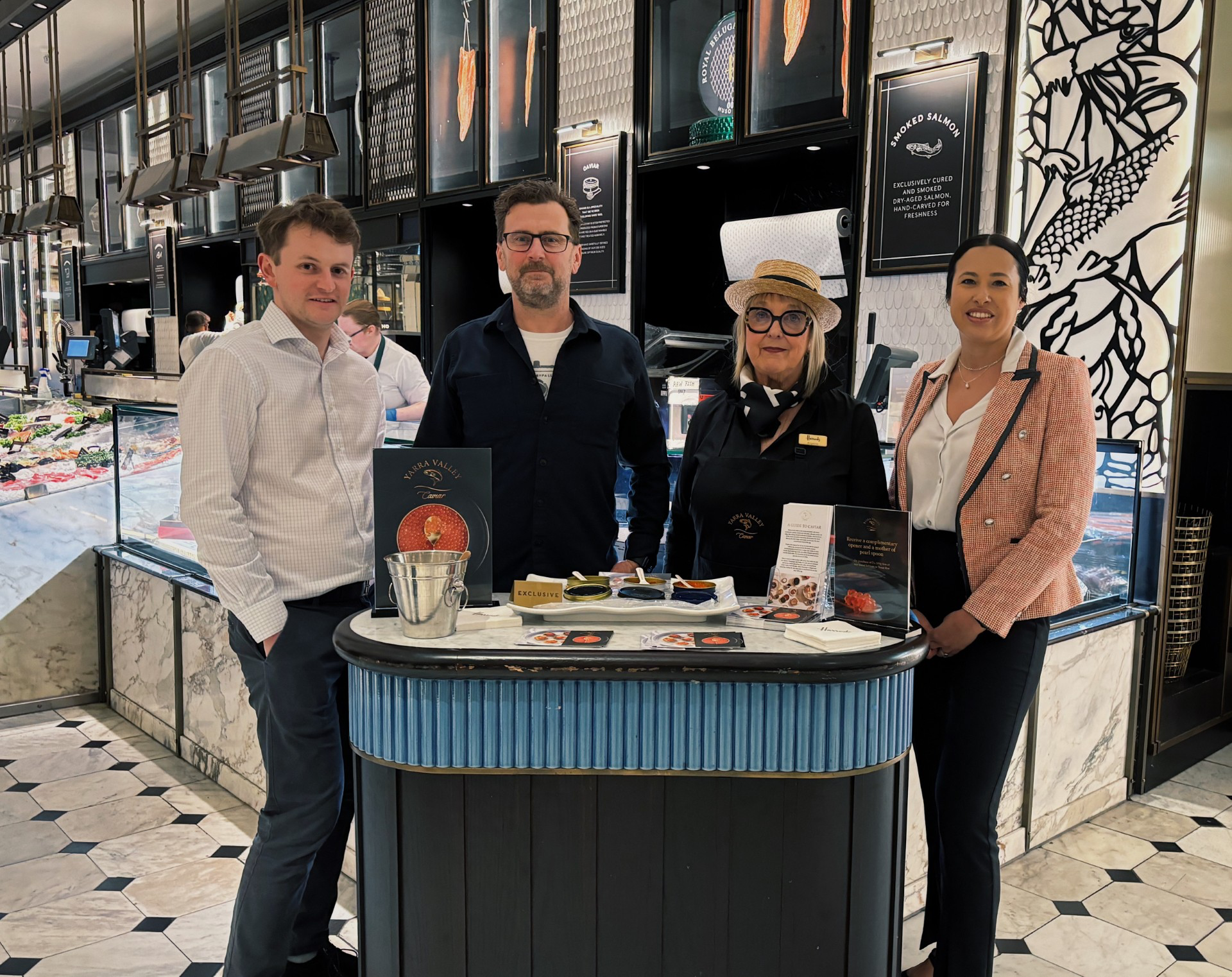Stroke Foundation welcomed the announcement of the New South Wales (NSW) Telestroke Service expansion into Bathurst, saying it will revolutionise emergency stroke treatment in the Central Tablelands.
Up to 23 rural and regional NSW hospitals will be added to the State and Federal Government funded service in the next three years.
Stroke Foundation NSW State Manager Rhian Paton Kelly said telehealth was being relied on more than ever in this time of coronavirus (COVID-19) and the NSW Telestroke service demonstrated the technology’s value extends well beyond the current pandemic.
“Thousands of the people of NSW will experience a stroke this year alone,” Ms Paton-Kelly said.
“This telestroke service is much needed. It will have an enormous impact by removing barriers to time-critical stroke treatment that saves lives and reduces lifelong disability.
“When a stroke strikes it kills up to 1.9 million brain cells per minute, but prompt treatment can stop this damage. Time saved in accessing stroke treatment is brain saved.”
The NSW Telestroke Service, coordinated by the Prince of Wales Hospital in Sydney, will speed up diagnosis and support regional clinicians in deciding the best care for the patient. This may include blood clot dissolving treatment or transfer for more specialist stroke care.
This year alone it is estimated 207 new strokes will be experienced by the people of the federal electorate division of Calare.
Ms Paton-Kelly said people living in regional and rural NSW will have access to the best in stroke treatment through the Telestroke Service, but to benefit patients must reach hospital.
“The first step in ensuring better outcomes from stroke is getting to hospital quickly, and that means recognising the F.A.S.T. (Face. Arms. Speech. Time) signs and calling triple zero (000) straight away,” she said.
“I urge everyone to learn the F.A.S.T. message and share it with your friends, family and colleagues.”
Stroke Foundation is proud to partner with NSW Health in supporting the service’s roll out. This includes delivering F.A.S.T. (Face. Arms. Speech and Time) signs of stroke community education in the state’s regions.
The F.A.S.T. test is a simple way we can all learn and remember the signs of stroke:
Face: Check their face. Has their mouth drooped?
Arms: Can they lift both arms?
Speech: Is their speech slurred? Do they understand you?
Time is critical. If you see any of these signs call triple zero (000) straight away.
About F.A.S.T. Community education and the Centralised Telestroke Service
Stroke Foundation is proud to partner with NSW Health to deliver F.A.S.T. signs of stroke Community Education in support of the NSW Telestroke Service.
The $21.7 million Telestroke service uses video technology to connect a neurologist with a patient and their local doctor, speeding up stroke diagnosis and treatment. The Service is a joint initiative between the State and Federal Government and will be implemented at up to 23 sites across NSW by the end of 2021/22.








